Plants ‘Seen Doing Quantum Physics’
"Evolution can be seen as the same process where nature tries to 'adapt' or 'resonate' with it's environment. By doing so, it evolved to a point where it became self-aware and began to ponder its own existence. When a person faces the paradox of wanting purpose while thinking. . ."
.

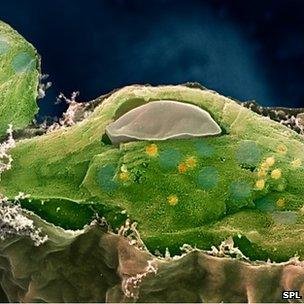
Found from the site IFLScience!:
.
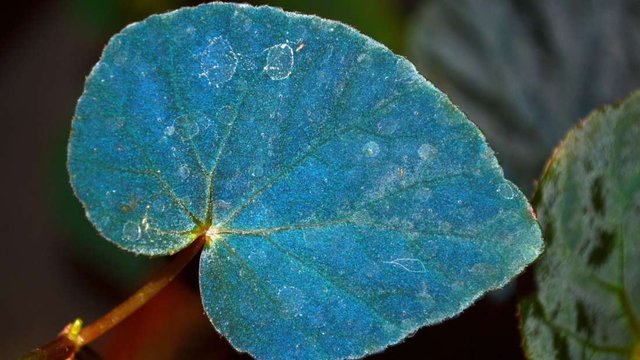
"In the Malaysian jungle, there’s an incredible plant with blue leaves known as the peacock begonia (Begonia Pavonina), but the reason for why it is blue is an even more incredible story.
Some of the plant’s chloroplasts – where photosynthesis happens – have a crystal-like structure within them that are able to slow down light. This allows the plant to absorb more green-red light and has the “side-effect” of reflecting out blue light, hence their cobalt appearance to us.
.
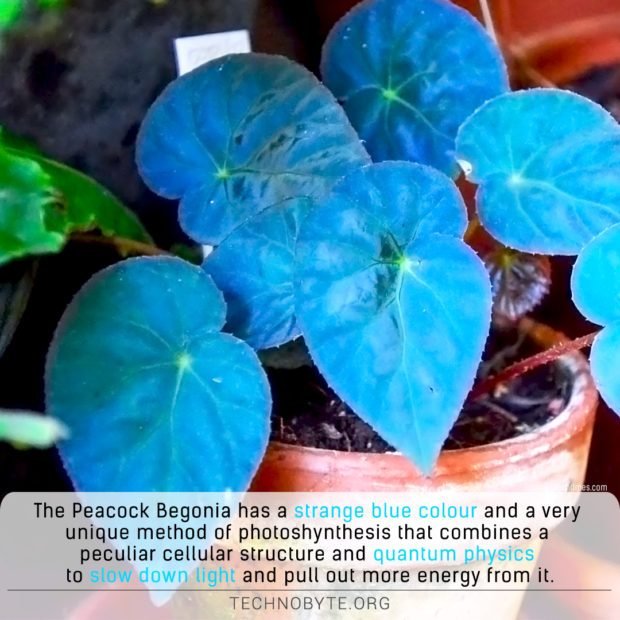
.
These chloroplasts are incredible and perfect for the low-light environment found on the rainforest floor. The plants have a 5 to 10 percent higher yield than purely green ones.
"It's actually quite brilliant. Plants have to cope with every obstacle that's thrown at them without running away. Here we see evidence of a plant that's actually evolved to physically manipulate the little light it receives," senior author Heather Whitney told Popular Mechanics. "It's quite amazing, and was an absolutely surprising discovery."
The research was conducted by a team from the University of Bristol and University of Essex, and it is published in Nature Plants. The scientists looked at the arrangement of thylakoids, nanoscopic structures within the chloroplasts where the chemical reactions related to the photosynthesis take place.
Usually, thylakoids are randomly distributed within the chloroplast, but in these begonias the compartments are very regularly distributed and act like dense crystals. Thylakoids use the light of the Sun to turn water and carbon dioxide into glucose and oxygen. As sunlight goes through the leaf, the orderly spread of the thylakoids create a quantum effect that slows light down, making it possible for more chemical reactions to take place.
“We discovered under the microscope, individual chloroplasts in these leaves reflected blue light brightly, almost like a mirror,” lead author Matt Jacobs said in a statement. “The inner structure had arranged itself into extremely uniform layers just a few 100 nanometres in thickness, or a 1,000th the width of human hair.”
The researchers think that these special chloroplasts are used as a backup generator when there’s not enough light around. They might also be found in many other plants where they don’t dominate the colors of the leaves."
.

.
Found from the site Mind Body Soul and Spirit:
.
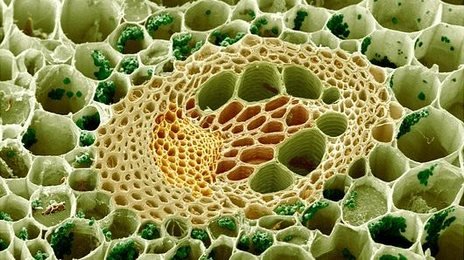
Written by Jason Palmer on January 25th, 2018
The idea that plants make use of quantum physics to harvest light more efficiently has received a boost.
Plants gather packets of light called photons, shuttling them deep into their cells where their energy is converted with extraordinary efficiency.
A report in Science journal adds weight to the idea that an effect called a “coherence” helps determine the most efficient path for the photons.
Experts have called the work “a nice proof” of some contentious ideas.
Prior work has shown weaker evidence that these coherences existed in relatively large samples from plants.
But the new study has been done painstakingly, aiming lasers at single molecules of the light-harvesting machinery to show how light is funnelled to the so-called reaction centres within plants where light energy is converted into chemical energy.
What has surprised even the researchers behind the research is not only that these coherences do indeed exist, but that they also seem to change character, always permitting photons to take the most efficient path into the reaction centres.
Until very recently, quantum mechanics – a frequently arcane branch of physics most often probed in laboratory settings at the coldest temperatures and lowest pressures – would not have been expected in biological settings.
The fact that plants and animals are extremely warm and soft by comparison would suggest that delicate quantum states should disappear in living things, leaving behaviour explicable by the more familiar “classical physics” that is taught in school.
But the new results join the ranks of a field that seems finally to be gaining ground: quantum biology.
‘Something shocking’
Niek van Hulst of the Institute of Photonic Sciences in Castelldefels, Spain, and colleagues studied the light-harvesting complexes of purple bacteria to address the question.
These are literally like antennas that gather up light, and are arranged like adjacent rings.
When laser light is shone on just one isolated ring, some of it is re-released in the form of what is called fluorescence.
But what the team saw is that over time, that amount of fluorescence rose and fell – a sign that the energy was coming and going elsewhere: a coherence.
This is linked to the quantum mechanical notion of a “superposition”: that a particle can effectively be in multiple places at once – or try multiple paths simultaneously.
“What you see here is this photon comes in, and it sees many energy pathways,” explained Prof van Hulst.
“Where does it go? It goes to the one that’s most efficient, the one where this quantum effect tells you it has the highest probability (of being put to use),” he told BBC News.
But the soft, flexible, warm conditions at room temperature mean that, as things move and jiggle – as life tends to do – that most efficient path can change. Remarkably, so did the evident path along the rings.
“Nature is very robust at keeping this up no matter what happens – this for me is something shocking,” Prof van Hulst continued.
“The result is that this fluffy stuff at room temperature where everything is variable, it just works – with an efficiency of 90%: way, way better than any solar cell we can make ourselves.”
‘Several questions’
Rienk van Grondelle of the Free University Amsterdam called the work “a very nice proof that the ideas that existed about these coherences are actually correct”.
“The system is able to overcome this problem by sampling two or three of those pathways at the same time and simply use the one that is best – I think it’s very, very beautiful,” he told BBC News.
Other researchers are less convinced. Daniel Turner of the University of Toronto has been working on similar problems and says that the study’s primary proof – the comings and goings of the fluorescence – are “not necessarily directly relevant to how photosynthesis works in natural conditions”.
“There are still several questions regarding how the results of this and other… measurements of highly purified protein extracts relate to the natural sunlight conditions experienced by photosynthetic organisms,” he told BBC News.
Even the notion of what is meant by “quantum effects” in relation to biology, he said, was still up for debate.
But for Prof van Grondelle, the paper is another impressive addition to this debate.
“Of course (the acceptance of quantum effects in biology) is not going to come from one single paper,” he said.
“It will take more evidence, and maybe more elaborate evidence that this is really happening. But this is how science goes.”
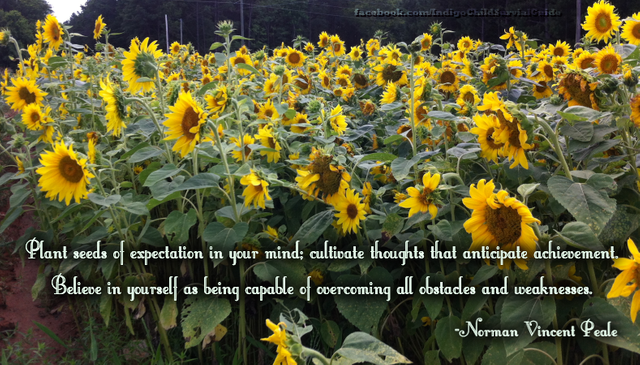
#evolution #nature #evolve #biology #physics #quantum-physics #resonate #ascension #paradox #superposition #energy #vibrations #photosynthesis #quantum-mechanics
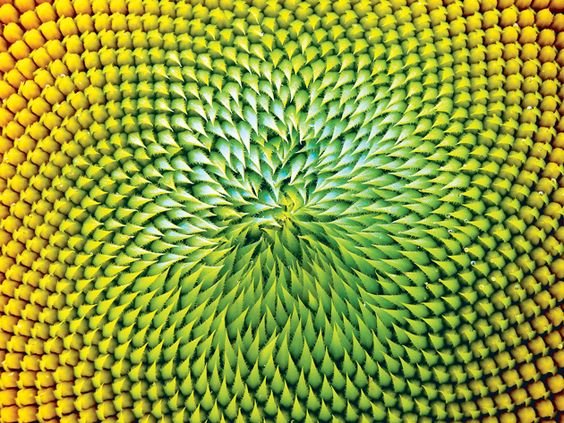
Hi! I am a robot. I just upvoted you! I found similar content that readers might be interested in:
http://www.bbc.co.uk/news/science-environment-22996054